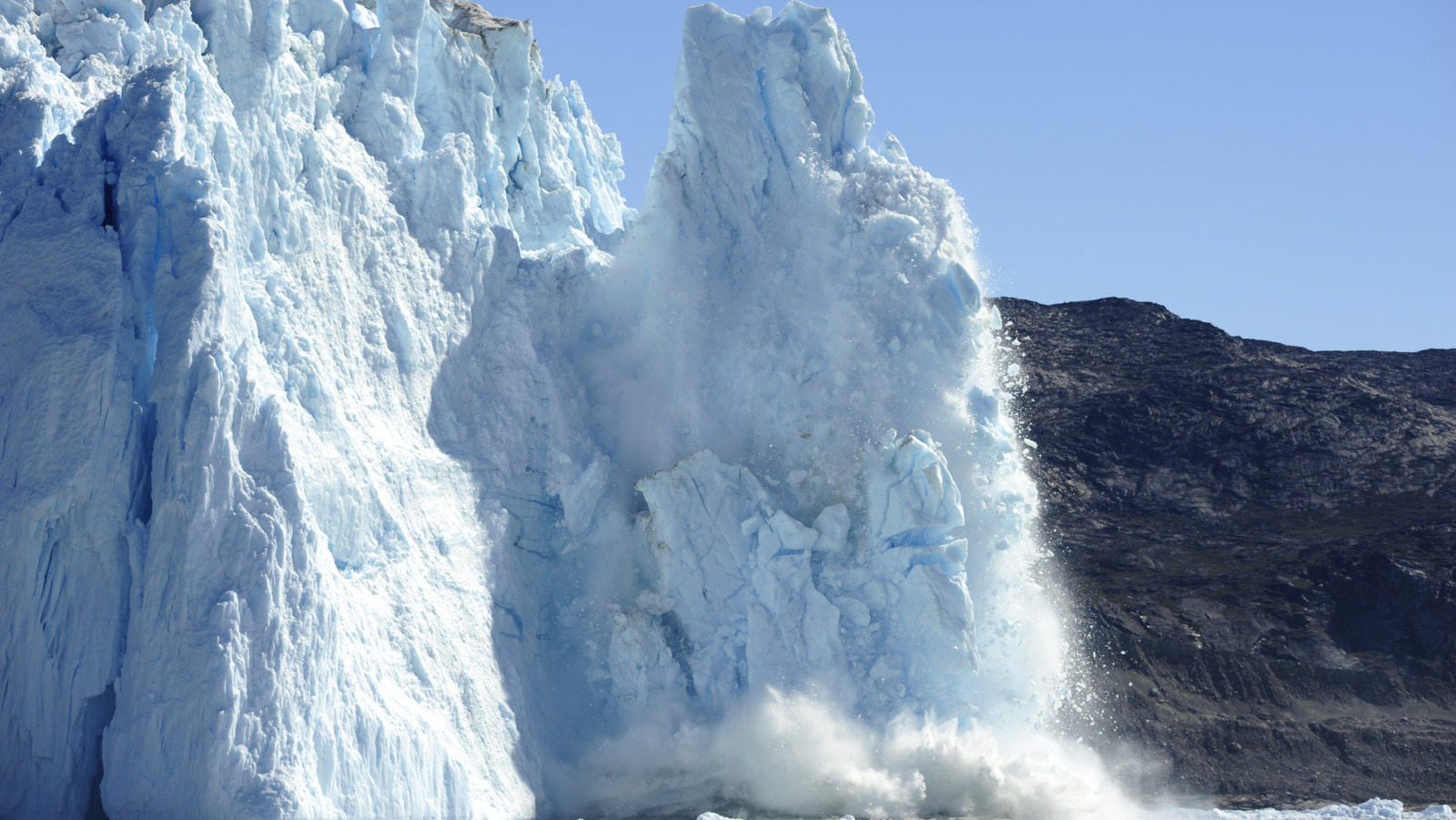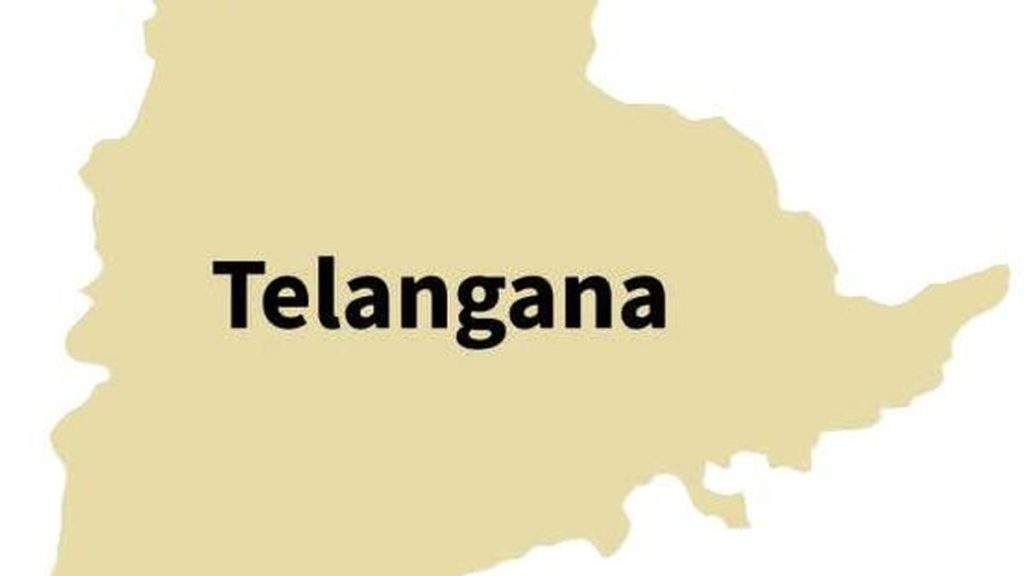Now Reading: Scientists Discover Possible Hidden Lake Beneath Greenland’s Ice
-
01
Scientists Discover Possible Hidden Lake Beneath Greenland’s Ice
Scientists Discover Possible Hidden Lake Beneath Greenland’s Ice

Quick Summary
- A study published in Nature Geoscience highlights the finding of a previously unknown subglacial lake beneath greenland’s ice sheet, revealed through satellite images.
- In 2014, this subglacial lake drained catastrophically, releasing 23.8 billion gallons of meltwater over 10 days and creating a crater measuring 279 feet deep and 0.77 square miles wide.
- The flood generated large ice blocks (130 feet high), cracked the ice sheet, created fractures in surrounding areas, and temporarily altered glacier flow rates by boosting drainage efficiency.
- Researchers observed that Arctic temperatures are causing increased surface melting on Greenland’s ice sheet at an average rate of 169 billion tons per year over three decades.
- The event challenges existing climate models as surface melting combined with sudden drainage from hidden lakes may significantly influence glacier dynamics and sea level rise projections.
Indian Opinion Analysis
This study underscores critical gaps in our understanding of subglacial hydrology within the broader context of climate change. For India-a nation vulnerable to rising sea levels-the findings stress the urgency for enhanced global climate modeling that considers unpredictable events like sudden underground floods. As coastal cities like Mumbai face long-term risks from sea level rise due to distant polar melting, accurate predictions are paramount for planning mitigation strategies.
Furthermore, India’s scientific community could draw inspiration from such research endeavors by focusing on similar studies of Himalayan glaciers-another significant contributor to regional water systems affected by climatic shifts. Collaborating on global-scale cryosphere research may bolster India’s capacity to adapt while influencing policymaking informed by cutting-edge science.


























